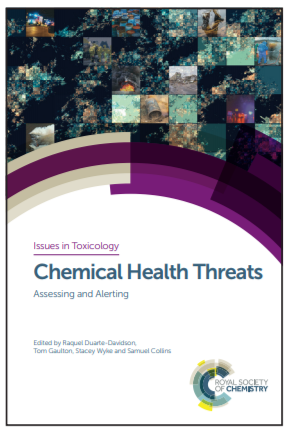Novel Applications of Spatial Mapping to Chemical or Biological Outbreaks
Since understanding the spatial and temporal structure of epidemic processes is a matter of great concern from both the scientific and political point of view, in the last five years a new approach to the problem has been developed, called the topological approach. The new approach makes it possible to estimate both the location of the outbreak point and the development of the epidemic by focusing on the spatial distribution of the events, without any reference to the chronology and frequency of the observations. The demand for such a limited amount of initial information means that this approach is applicable not only in the epidemic field but in all those fields where the geographical coordinates of events that have a relation, a shared semantics, are available. For example, it can be used to identify the location of a chemical exposure (such as a pesticide or contaminated consumer product) by considering only the sites where exposure has occurred, without further information being required. The events’ coordinates are the minimum knowledge with which TWC can work but not the only knowledge. Indeed, if more information on the events to be analyzed is available, it can be used by the algorithm to optimize the results. This chapter aims to present the theoretical foundations of the topological approach in a systematic manner and to illustrate its potential through application to a few real case studies.

